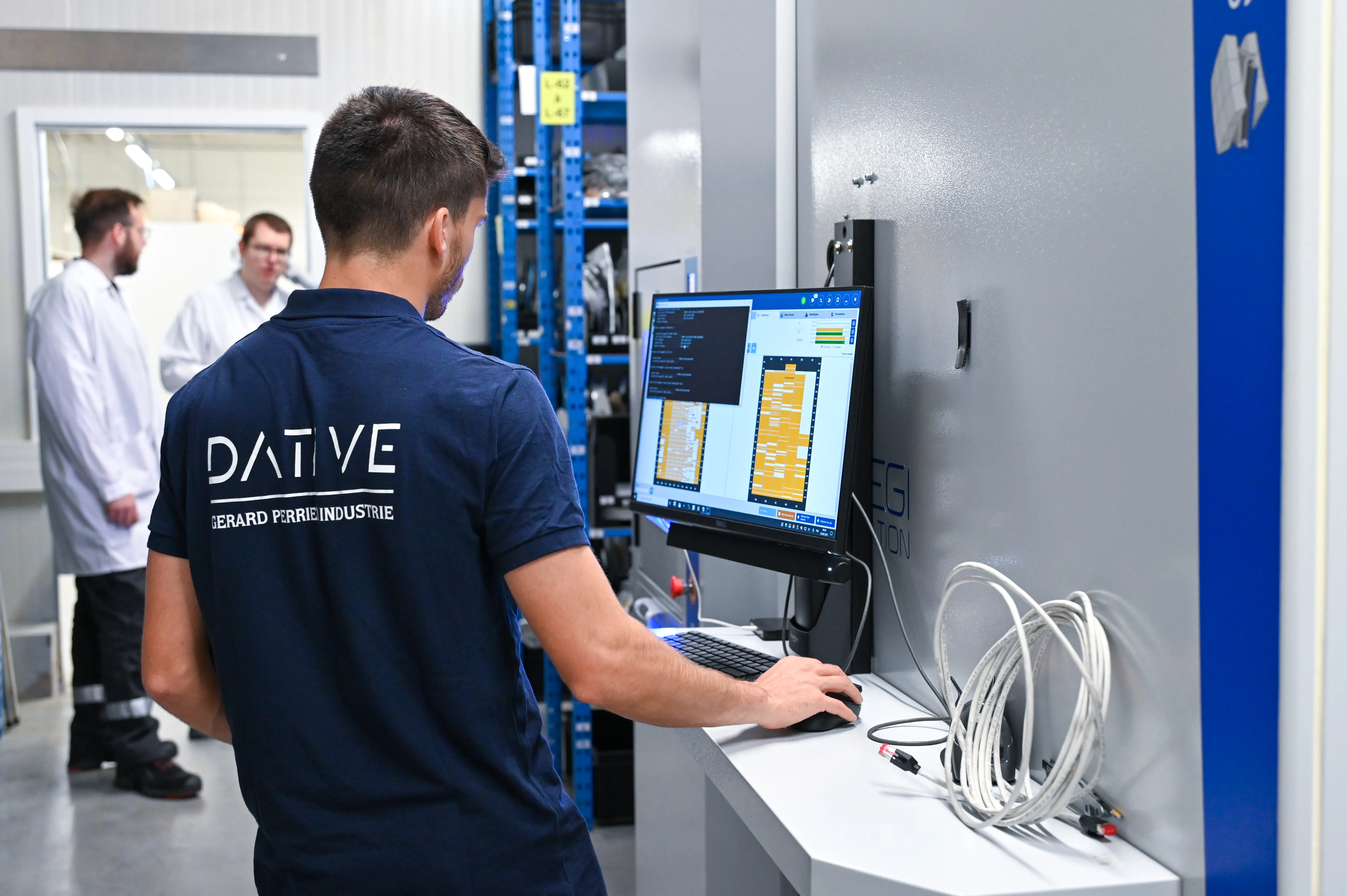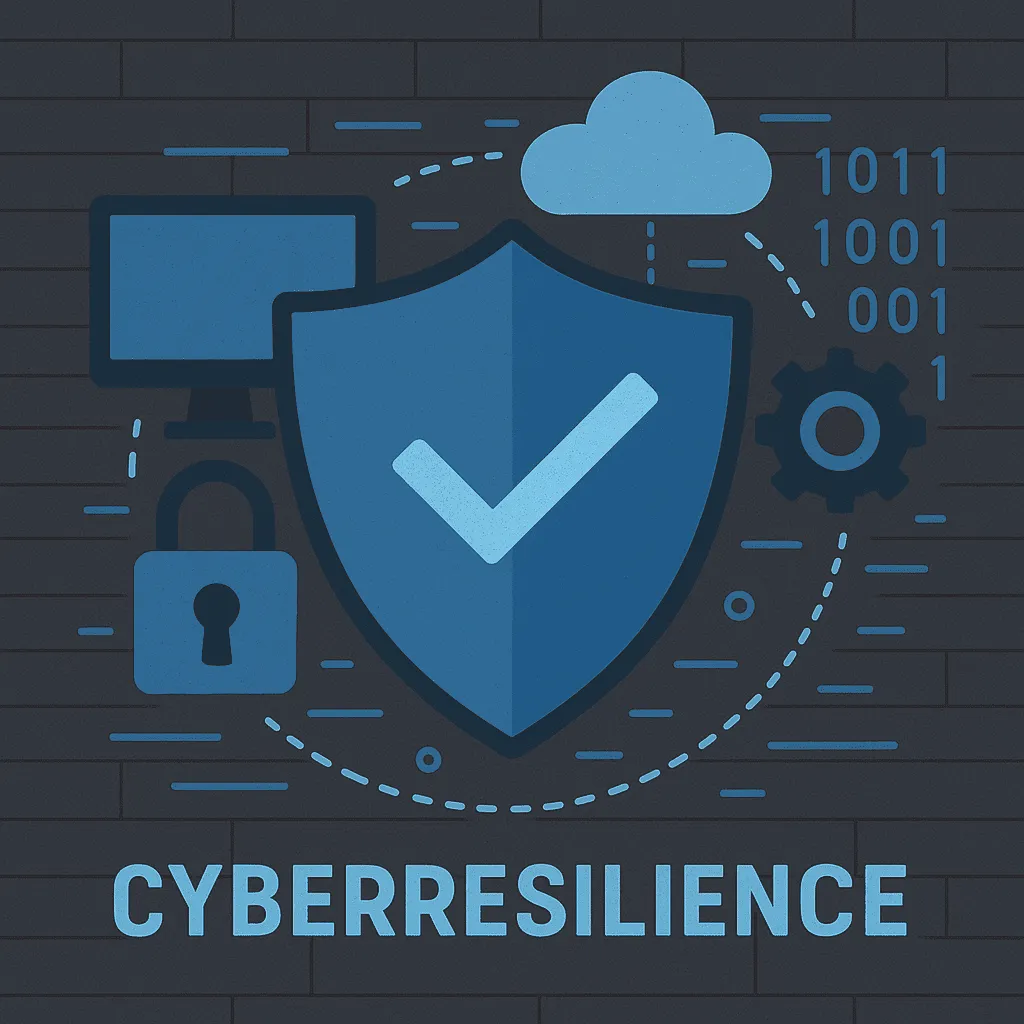
NIS Directive: Understanding the NIS Directive and its Implications
Adopted in 2016 by the European Union, the NIS Directive (Network and Information Systems) aims to strengthen the security of digital infrastructures. In response to the rise of cyber threats, this regulation imposes strict measures on member states and critical organizations to improve the resilience of information systems. Its goal is twofold: to protect essential infrastructures and promote cooperation among EU countries. Cyberattacks targeting strategic sectors such as energy, healthcare, or transportation are on the rise, threatening service continuity and citizen safety. The NIS Directive seeks to address these vulnerabilities by establishing a demanding regulatory framework for risk management, incident reporting, and coordination of efforts. This article explores its objectives, scope, and practical implications.
Objectives of the NIS Directive
Strengthening the Resilience of Critical Infrastructures
Essential operators must adopt strict cybersecurity measures to limit their exposure to threats. This includes identifying risks, strengthening protection measures, and establishing incident response plans. By integrating these elements, they reduce the impact of attacks and ensure service continuity.
Encouraging Cross-Border Cooperation
Cybersecurity knows no borders. To avoid a fragmented approach, the directive imposes collaboration among member states through information-sharing and alert mechanisms in the event of a major crisis. This cooperation enhances incident response and strengthens collective protection against cyber threats.
Ensuring Proactive Incident Management
Organizations must promptly report any cybersecurity incidents to the relevant authorities. This transparency allows for better anticipation of impacts, containment of threats, and implementation of appropriate corrective measures. The directive thus encourages heightened vigilance and continuous improvement of protection measures.
Who is Affected by the Directive?
The NIS Directive applies to two major categories of actors:
- Essential Service Operators (ESO): They provide critical services for society and the economy (energy, transport, healthcare, finance). A cyberattack on these infrastructures could have major consequences.
- Digital Service Providers (DSP): These digital actors (cloud hosts, search engines, online platforms) play a key role in the digital ecosystem and must guarantee an optimal level of security.
A Strategic Scope
The targeted sectors cover a broad range of essential activities:
- Energy: Electricity, gas, and oil production and distribution are subject to enhanced obligations.
- Healthcare: Hospitals, laboratories, and medical infrastructures must protect data and ensure continuity of care.
- Transport: Air, maritime, and rail transport must prevent malicious acts that disrupt mobility.
- Financial Services: Banks and payment systems are prime targets for cybercriminals and require maximum protection.

How to Ensure Compliance with the NIS Directive?
To comply with the regulations, organizations must follow several key steps:
- Identify critical systems and assess risks to protect sensitive infrastructures.
- Implement appropriate security measures, such as data encryption and network segmentation.
- Establish an effective incident notification process to respond quickly to cyberattacks.
- Train and raise awareness among teams to strengthen the cybersecurity culture.
- Collaborate with authorities and regulatory bodies for ongoing compliance.
Need support for your compliance process? Our experts are available for a personalized audit.
Expected Impact of Compliance
The overall goal is to reduce cybersecurity disparities within the European Union. Compliance offers key benefits:
- Improved digital resilience: Organizations will be better prepared to face cyberattacks.
- Standardization of security frameworks: The directive creates a common foundation that facilitates cooperation among member states.
- Enhanced trust: Better management of cyber risks strengthens user and partner trust in digital services.
Overview of the Key Themes of the NIS Directive
Risk Management
The entities concerned are required to implement proactive risk management for their information systems. This includes identifying threats, implementing appropriate controls, and regularly reviewing security policies.
Incident Notification
The directive imposes a strict obligation to report significant incidents to the relevant authorities. Notifications must include detailed information about the nature of the incident, its impact, and the measures taken to address it.
Cooperation Among Member States
A European cooperation framework has been established to promote information sharing and coordinate responses to cross-border cyber threats. This includes the creation of networks like the CSIRT (Computer Security Incident Response Team) Network.

Implementation and Compliance
Key Steps for Compliance
Identification of Critical Systems
The first step is to inventory and analyze the essential systems that are crucial for the organization's operations. This involves identifying the most sensitive infrastructures, whose compromise could have a major impact on security or business continuity.
Risk Assessment
Once critical systems are identified, a risk analysis must be conducted to detect potential vulnerabilities and anticipate threats that could compromise their security. This step helps tailor protection strategies based on the most likely scenarios.
Implementation of Security Measures
Based on the risk assessment, technical and organizational controls must be deployed. These may include encryption solutions, firewalls, restricted access policies, and identity and access management protocols.
Establishment of Reporting Procedures
It is essential to define incident notification protocols to ensure a quick and effective response in case of breaches or attacks. These procedures must be clear and accessible to the relevant teams to ensure immediate handling and mitigate the impact of incidents.
Best Practices to Implement
Continuous Training
Employee awareness is a key element of cybersecurity. Regular training helps reinforce employees' vigilance against cyber threats and teaches them to adopt secure behaviors in their daily professional activities.
Regular Testing
Security audits and incident simulations should be conducted regularly to test the robustness of implemented measures. These exercises help identify potential weaknesses and improve response plans in case of an attack.
Proactive Collaboration
Sharing information with other organizations, cybersecurity experts, and competent authorities is essential to anticipate emerging threats. The exchange of best practices and security alerts contributes to strengthening collective resilience against cyberattacks.
Available Resources and Tools to Support Organizations
International Frameworks
Frameworks such as ISO/IEC 27001 provide a structured approach for information system management and help adopt a methodical approach to secure infrastructures and ensure regulatory compliance.
Incident management solutions and threat monitoring platforms enable companies to detect, analyze, and respond to attacks in real time. These automated tools facilitate risk prevention and improve responsiveness in case of system compromises.
Benefits and Challenges of the NIS1 Directive
Benefits for Companies and Organizations
Increased Trust
Complying with security standards enhances a company's reputation among its clients, partners, and regulatory authorities. A secure organization inspires trust and demonstrates its commitment to protecting sensitive data.
Risk Reduction
By implementing appropriate measures, companies improve their protection against cyberattacks and minimize the impact of security incidents. Proactive threat management reduces business disruptions and associated financial losses.
Competitive Advantage
Alignment with European and international standards allows companies to position themselves favorably in the market. Enhanced compliance facilitates collaborations with partners requiring cybersecurity assurances and can open access to new business opportunities.
Challenges or Limitations
Technical Complexity
Implementing security measures requires advanced skills and proper integration into existing infrastructures. The diversity of systems and technologies used can make compliance with standards complex and require specific adjustments.
High Costs
Adopting cybersecurity standards involves significant investments, including acquiring specialized tools, updating infrastructures, and training employees. While these expenses are essential to mitigate risks, they can be a barrier for some organizations.
Skills Shortage
The cybersecurity market suffers from a growing demand for qualified experts, making talent recruitment and retention difficult. Given this shortage, companies must invest in internal training and consider outsourcing solutions to strengthen their security expertise.
Regulation Aligned with Other Normative Frameworks
The NIS Directive is part of a broader regulatory ecosystem:
- ISO/IEC 27001: International standard for information security management.
- GDPR: Personal data protection.
- NIST Cybersecurity Framework: Strategic recommendations for cyber risk management.
Conclusion
The NIS Directive marks a decisive step in cybersecurity in Europe. By imposing strict obligations on critical sectors, it enhances resilience against cyber threats and improves cooperation among member states.
Compliance with this directive is not a constraint but a strategic opportunity. By integrating best practices and anticipating requirements, organizations turn cybersecurity into a competitive advantage.
Would you like a personalized assessment and tailored support? Contact our specialists now.
FAQ
Question 1: What is the NIS Directive?
The NIS Directive is a European regulation aimed at strengthening the security of networks and information systems.
Question 2: Which companies are affected by the NIS Directive?
Operators of Essential Services (OES) and Digital Service Providers (DSP) must comply with this directive.
Question 3: What are the main objectives of the NIS Directive?
It aims to improve the resilience of critical infrastructures, enhance European cooperation, and ensure better incident management.
Question 4: How to comply with the NIS Directive?
Organizations must identify their critical systems, strengthen their cybersecurity, and report incidents to competent authorities.
Question 5: What are the penalties for non-compliance?
Companies failing to comply with the directive face financial penalties and strengthened compliance obligations.





